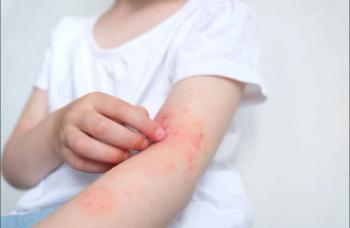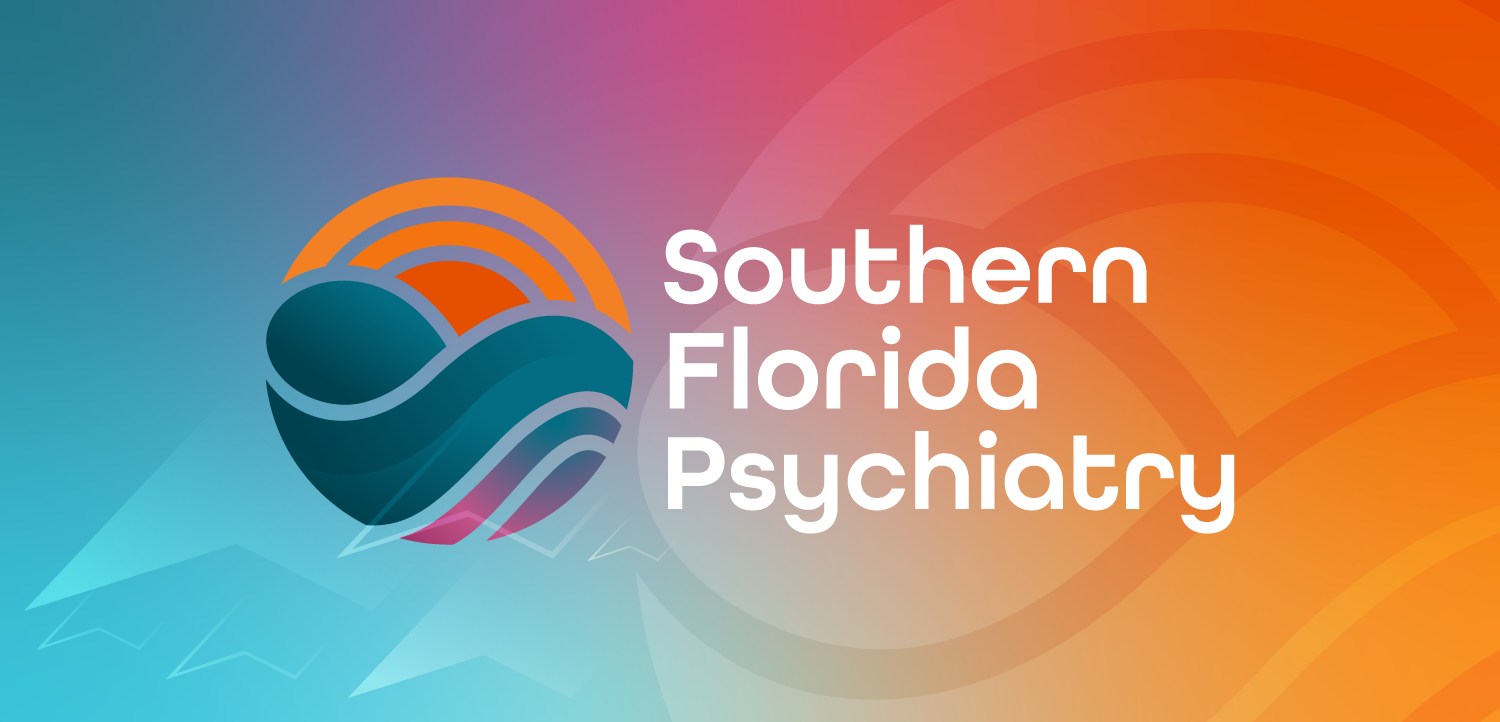
News|Articles|October 31, 2024
Social, Racial Disparities in Flu, COVID-19, RSV Vaccine Uptake: Daily Dose
Author(s)Sydney Jennings
Your daily dose of the clinical news you may have missed.
Advertisement
Patient Care brings primary care clinicians a lot of medical news every day—it’s easy to miss an important study. The Daily Dose provides a concise summary of one of the website's leading stories you may not have seen.
On October 17, 2024, we reported on a study presented at IDWeek 2024 that examined the association between social vulnerability, race, and influenza, COVID-19, and respiratory syncytial virus (RSV) vaccine uptake in the US.
The study
Researchers analyzed data from 341 029 patients who were diagnosed with acute respiratory infections at University Hospitals of Cleveland between October 2023 and April 2024. Patient demographics and vaccination statuses were collected from health records and matched with data from the US CDC’s Social Vulnerability Index (SVI). Researchers then geocoded and segmented the data into quartiles, with Q5 being the highest SVI category and Q1 being the lowest.
Among the cohort, 60% were women and 81% were White, according to investigators. Black individuals were overrepresented among individuals in SVI Q4 at 37% and underrepresented among the least vulnerable population (ie, Q1) at 3.2%, despite making up 14% of the study’s population.
The findings
Vaccine uptake among all participants regardless of SVI quartile and race was 37% for influenza, 14% for SARS-CoV-2, and 8.8% for RSV. Vaccination rates decreased, however, as the SVI quartile increased, particularly among Black participants.
After investigators adjusted for age, sex, and race, they found that the odds of receiving an influenza vaccine were lower for Black individuals compared to White individuals in all SVI quartiles, with the greatest disparity in SVI Q5 (Black: prevalence ratio [PR] 0.59, 95% CI 0.57-0.61; White: PR 0.72, 95% CI 0.70-0.75). Similarly, they also reported that the odds of receiving a SARS-CoV-2 vaccine and RSV vaccine were lower for Black individuals compared to White individuals across all SVI quartiles.
Authors' comment
"Even when controlling for demographic factors, household income, health insurance coverage and geographic location, the study’s findings maintain that neighborhood factors and race are significantly associated with vaccination status against common respiratory viruses. Disparities this vast are not to be overlooked — they require multifaceted interventions that meet people where they are socially and increase access to essential preventive measures.”
Newsletter
Enhance your clinical practice with the Patient Care newsletter, offering the latest evidence-based guidelines, diagnostic insights, and treatment strategies for primary care physicians.
Advertisement
Advertisement
Advertisement
Trending on Patient Care Online
1
Intervene Early in AD to Avoid Lasting Psychological Impact
2
Quadrivalent modRNA Influenza Vaccine Shows Superior Efficacy to Licensed Inactivated Vaccine in Phase 3 Trial
3
Dual GCG/GLP-1 Agonist Mazdutide 9 mg Produces 20% Weight Loss in Phase 3 Trial of Chinese Adults with Obesity
4
Emotional Red Flags in Atopic Dermatitis: What to Screen For
5























































































































































































































































































